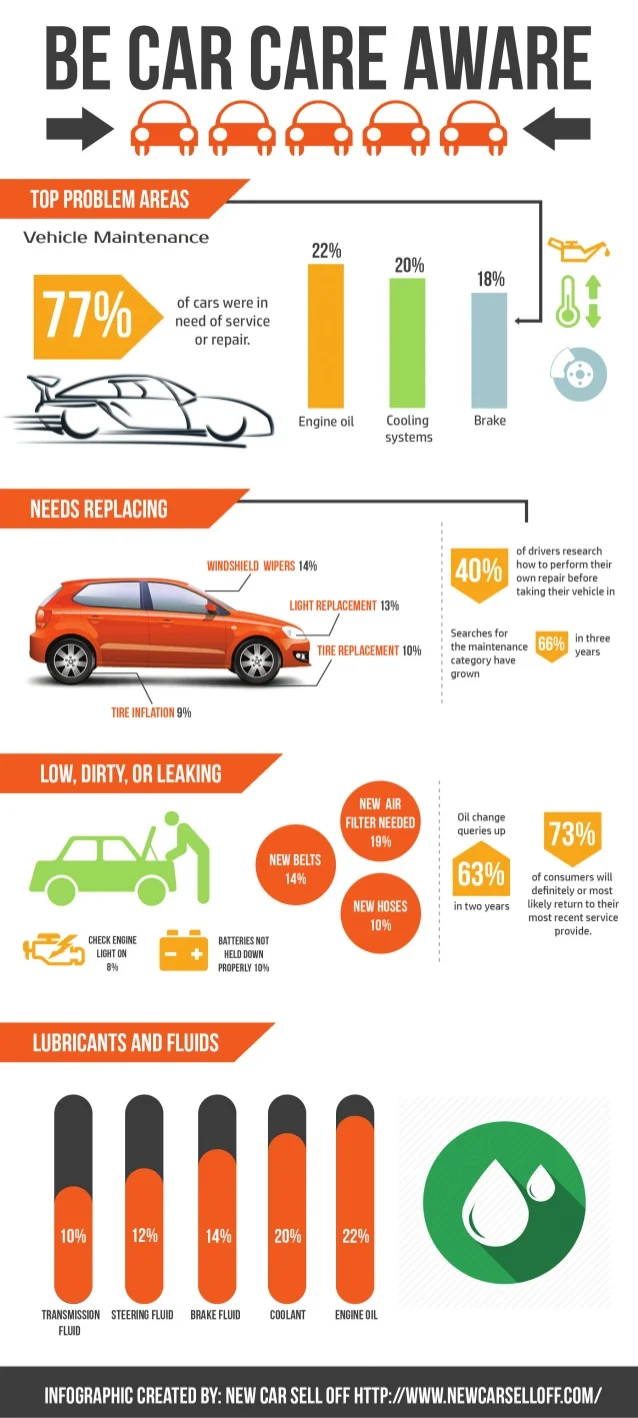Wondering Concerning The Significance Behind Those Dashboard Warning Lights? Gain Understandings Into Their Implications For Your Car'S Security And Maintenance
Wondering Concerning The Significance Behind Those Dashboard Warning Lights? Gain Understandings Into Their Implications For Your Car'S Security And Maintenance
Blog Article
Authored By-Hartley Torres
When you lag the wheel, those glowing warning lights on your dashboard can be a little bit complicated. Do you understand what they're trying to tell you about your auto's health? Understanding the relevance of these lights is essential for your safety and the durability of your automobile. So, the next time among those lights turns up, would not you want to decode its message accurately and take the essential actions to resolve it?
Common Warning Lights and Interpretations
Identify common warning lights in your automobile and recognize their meanings to make certain risk-free driving.
The most typical caution lights consist of the check engine light, which indicates issues with the engine or emissions system. If https://ricardojdytn.tusblogos.com/31235817/individual-experience-changing-my-jalopy-with-a-weekend-outlining-session begins, it's essential to have your car examined without delay.
https://www.usatoday.com/story/news/nation/2021/12/24/michigan-auto-repair-shop-owner-delivers-lost-packages-christmas/9014826002/ advising light shows reduced oil stress, needing instant focus to prevent engine damages.
A blinking battery light might suggest a malfunctioning billing system, potentially leaving you stranded otherwise dealt with.
The tire pressure monitoring system (TPMS) light notifies you to low tire pressure, affecting car stability and gas effectiveness. Neglecting this might cause unsafe driving problems.
The ABS light indicates a trouble with the anti-lock braking system, jeopardizing your capability to quit promptly in emergencies.
Last but not least, the coolant temperature alerting light warns of engine overheating, which can result in extreme damages if not settled swiftly.
Recognizing these common caution lights will aid you address concerns without delay and maintain risk-free driving conditions.
Importance of Prompt Interest
Recognizing the common caution lights in your automobile is only the initial step; the importance of promptly dealing with these cautions can not be stressed enough to ensure your security when traveling.
When a caution light brightens on your dashboard, it's your automobile's method of communicating a possible problem that requires attention. Ignoring https://chanceiarja.activoblog.com/32592814/uncovering-local-treasures-a-guide-to-exceptional-car-repair-work-shops-in-your-environments can bring about extra extreme problems in the future, jeopardizing your safety and security and possibly costing you much more in repairs.
Trigger focus to alerting lights can protect against malfunctions and mishaps. For example, a flashing check engine light can show a misfire that, if left ignored, could trigger damages to the catalytic converter. Addressing this without delay can save you from a costly repair service.
In a similar way, a brake system advising light could signify low brake liquid or used brake pads, essential parts for your safety and security when driving.
Do It Yourself Troubleshooting Tips
If you observe a caution light on your dashboard, there are a couple of DIY fixing suggestions you can try prior to looking for expert help.
The primary step is to consult your auto's guidebook to understand what the certain caution light shows. Often the problem can be as basic as a loosened gas cap setting off the check engine light. Tightening the gas cap might resolve the trouble.
An additional typical issue is a reduced battery, which can cause different alerting lights. Inspecting the battery connections for rust and guaranteeing they're safe could take care of the issue.
If a caution light lingers, you can try resetting it by disconnecting the car's battery for a few minutes and then reconnecting it. Additionally, examining your automobile's fluid levels, such as oil, coolant, and brake fluid, can assist fix cautioning lights connected to these systems.
Final thought
In conclusion, understanding your vehicle's warning lights is necessary for keeping your automobile running smoothly and safely. By promptly resolving these signals and understanding what they mean, you can avoid pricey repair services and possible breakdowns.
Keep in mind to consult your auto's manual for particular details on each advising light and do something about it accordingly to make certain a hassle-free driving experience.
Remain informed, stay secure when driving!
